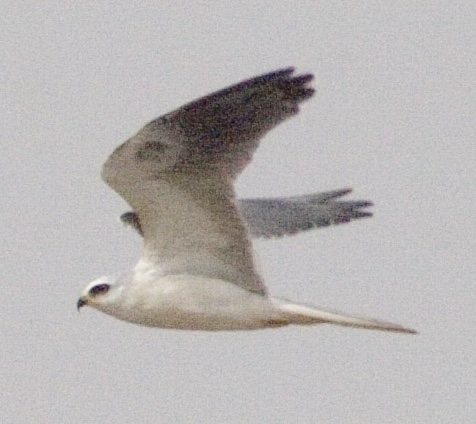The San Joaquin Restoration Project began in Winter 2015 and is located to the east of the San Joaquin Villages apartment complex. The construction of this housing project included the creation of a bike path that ran through a native wetland buffer. To mitigate the impacts to this buffer zone, the restoration project restored 2.8 acres of coastal sage scrub, native grassland, wetland meadow, and bioswale habitats. Over 20,000 plants, consisting of 53 species, were planted across the site. Workers and volunteers have also installed 50 coast live oaks along the southern edge of the project. This restoration will enhance the functionality of the protected wetlands and support broader use for raptors, such as the white-tailed kite.
San Joaquin before restoration
San Joaquin after restoration
San Joaquin at a glance
Date Initiated: February 2015
Size: 2.8 acres
Habitat types: Coast Live Oak Woodland, Coastal Sage Scrub, Freshwater Marsh, Grassland
Special Status Species: Centromadia parryi ssp. australis (Southern Tarplant)
All Cheadle Center restoration monitoring reports, databases, and referenceable data are stored in the Cheadle Center eScholarship repository and can be accessed through our Data and Research Resources page.

White-tailed kite